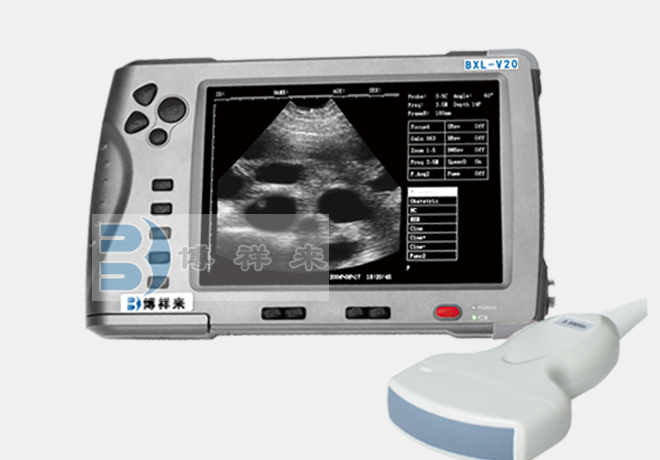When choosing a good breed for sheep breeding, it is important to consider the local production situation and select excellent breeds that are suitable for the local ecological conditions, have high production performance, good product quality, short breeding cycles, and high economic benefits. There are many breeds of sheep and goats that are suitable for house feeding. From the perspective of house feeding alone, the effect of house feeding on meat sheep is more obvious. During the process of raising meat sheep, sheep should be continuously observed for their backfat thickness using B-ultrasound. In terms of the selection and grouping of 2.4-month Prayut sheep, young sheep gain weight faster and have better fattening effects than elderly sheep. The growth rate of lambs aged 1-8 months is * * * fast, and they mainly grow muscles. Choosing weaned lambs as fattening lambs produces good meat quality and high efficiency. When selecting, it is necessary to use sheep ultrasound to check and confirm. Therefore, after identifying the whole flock of lambs after weaning, lambs that are not suitable for breeding are grouped according to gender and weight size, and their backfat thickness is observed by B-ultrasound for group fattening. Eliminate adult sheep and group them for fattening according to age and weight.

Sheep B-ultrasound BXL-V20
Preparation before fattening: Lambs should be weaned at 1.5 months old and supplemented in separate pens for the first 15 days; Or separate the ewe from the lamb for a period of time in the morning and evening, allowing the lamb to move around in a circle with a feeding trough and a water dispenser. During the rest of the time, the mother and lamb should still be together, and the lamb's condition should be observed using ultrasound. The supplementary feed should be the same as the post weaning fattening feed. Grains can be slightly crushed at the beginning of supplementary feeding, and after getting used to it, it is advisable to feed them whole grains instead of processing them into powder. The ground for lamb activities should be dry, rainproof, well ventilated, and can be covered with a small amount of grass. Lambs need to be regularly observed for their digestive system through B-ultrasound. Common infectious diseases in lamb fattening include enterotoxemia and hemorrhagic sepsis. The enterotoxemia vaccine can be injected into ewes before lambing or into lambs before weaning.








